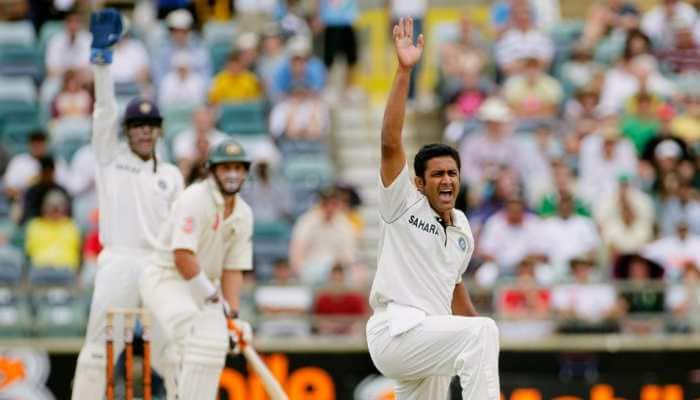Indian Railways surpasses last year's freight loading for July 27 amid COVID-19 challenges
On July 27, a total of 1,039 rakes were loaded with freight which includes 76 rakes of foodgrain, 67 rakes of fertiliser, 49 rakes of steel, 113 rakes of cement, 113 rakes of iron ore and 363 rakes of coal, the railways said.
- The average speed of freight trains on July 27 was 46.16 kmph which is more than double as compared to last year's 22.52 kmph for the same date
- In July, the average speed of freight trains was 45.03 kmph which is around double compared to last year's 23.22 kmph for the same month, the national transporter said
- When it comes to average speed of freight trains, it is 54.23 kmph for the West Central Railway, 51 kmph for the NF Railway and 50.24 kmph for the East Central Railway
Trending Photos
) File pic: Zee News
File pic: Zee News New Delhi: The Railways has inched ahead of 2019's freight loading by managing to load 3.13 MT of goods on July 27 as compared to 3.12 MT on the same date last year, despite the challenges posed by the COVID-19 pandemic, the national transporter said on Tuesday. However, the cumulative overall loading of freight trains remains 18.18 per cent less than last year.
On July 27, a total of 1,039 rakes were loaded with freight which includes 76 rakes of foodgrain, 67 rakes of fertiliser, 49 rakes of steel, 113 rakes of cement, 113 rakes of iron ore and 363 rakes of coal, the railways said.
The average speed of freight trains on July 27 was 46.16 kmph which is more than double as compared to last year's 22.52 kmph for the same date, it said.
In July, the average speed of freight trains was 45.03 kmph which is around double compared to last year's 23.22 kmph for the same month, the national transporter said.
When it comes to average speed of freight trains, it is 54.23 kmph for the West Central Railway, 51 kmph for the Northeast Frontier Railway and 50.24 kmph for the East Central Railway.
In the East Coast Railway the average speed of freight trains is 41.78 kmph, in South East Central Railway it is 42.83 kmph, in South Eastern Railway it is 43.24 kmph and in Western Railway it is 44.4 kmph.
"These improvements in freight movements will be institutionalised and incorporated in the upcoming zero-based time table," Railway Board Chairman V K Yadav said in an online press conference. "These steps will lead to significantly higher freight traffic and earnings for the Railways and cost competitive logistics for the entire country," he said.
The Railways has set a target of achieving 50 per cent more freight loading in the current fiscal as compared to 2019-2020, Yadav said.
He also said that since last year, a number of concessions and discounts are being given by the Indian Railways to make its freight services more attractive for customers.
The Railways has achieved record loading of foodgrains, 80 per cent more than last year, and has introduced time tabled parcel services, the Railway Board chairman said.
He said that the Railways has set up multi-disciplinary business development units (BDU) at the Railway Board and Zonal levels. It has also empowered zonal chiefs to attract traffic.
The business development teams (BDT) will advertise and give wide publicity for generating demand, formulate traffic development proposals to draw newer clients from the industry.
Stay informed on all the latest news, real-time breaking news updates, and follow all the important headlines in india news and world News on Zee News.
Live Tv







)
)
)
)
)
)
)
)
)
)
